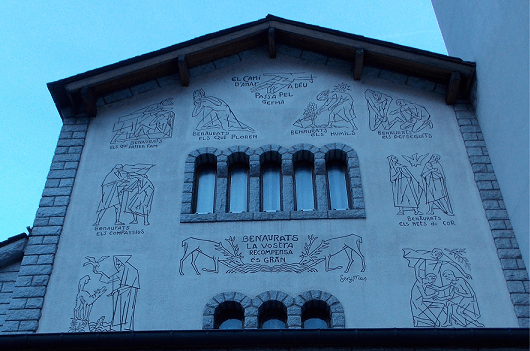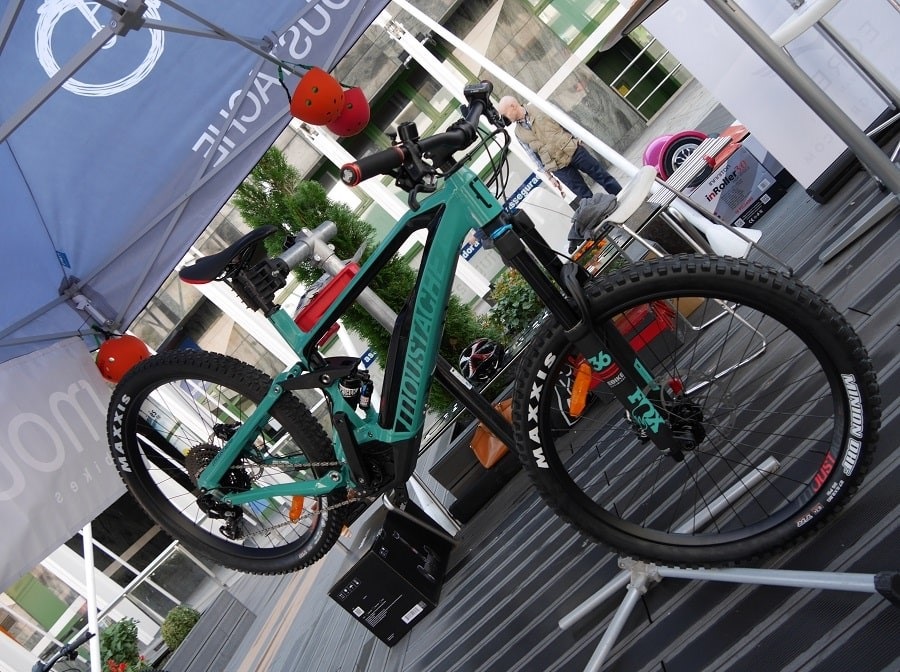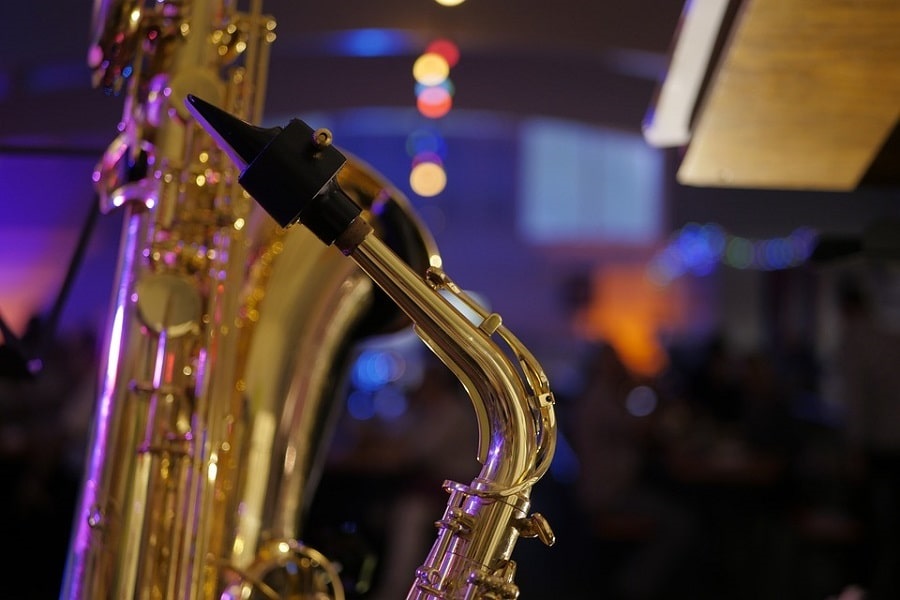 After spending half the night typing up the multitude of events being organised by the Cultural Department of Andorra la Vella for their “Creativity Week at La Llacuna”, I decided it was time I shared with you the amazing work these Cultural Departments do.
After spending half the night typing up the multitude of events being organised by the Cultural Department of Andorra la Vella for their “Creativity Week at La Llacuna”, I decided it was time I shared with you the amazing work these Cultural Departments do.
Andorra (Pyrenees) teems with homemade culture. I put it down to competition. The country is divided into seven parishes, six of them: Andorra la Vella, Escaldes-Engordany, San Julia de Loria, La Massana, Ordino, Encamp, Canillo, all date back to at least the 9th century. The seventh, Escaldes-Engordany, was only created in 1978. These parishes are run by local authorities called comuns (comú in the singular). In centuries past, each comú had almost the same autonomy as the countries of the United Kingdom – and today I suggest that their Cultural Departments have the same rivalry as the UK’s national rugby teams. Each wants to do the best for their residents – and, when possible, outshine the others.
When I first came here thirty plus years ago, posters for activities in my parish were not welcomed in the next. Recently there has been far more collaboration so that the two largest towns: Andorra la Vella and Escaldes-Engordany join forces each winter for the big, Three Kings, parade and La Massana and Ordino have a joint folk dance group and music school. Almost every parish has at least one choir supported by their Cultural Department and several have two: a main one and then a choir for seniors. Sant Julià de Lòria goes further and supports three as they also have a children’s choir while La Massana’s third choir sings Gospel.
The Comuns also have their specialities: this year Sant Julià is celebrating the 50th edition of its Theatre Season and they also organise a wonderful, weeklong Medieval Town with flocks of geese, parades, hand-operated wooden fair ground rides and of course a medieval market. La Massana, the ‘garden city’ of Andorra, is about to embark on it’s 24th Andoflora, a three-day flower festival boasting some 28 different events including dancing and singing and a delicious mosaic made of chopped up fruit and veg and created by local school children. On the third day we all get to eat it! Last month La Massana staged their annual, three-day Salon de Comic, an international Comic Festival. Escaldes-Engordany specialises in an outdoor, summer music festival, “Colors de Música”, now into its 33rd year, often offering typical regional dishes to accompany the style of music. And most recently, Encamp has taken to hosting a vintage car rally, this year called ‘Weekend del 60’s’ and expecting to welcome some 50 vehicles from across the borders.
This week it’s Andorra La Vella that is showing off its paces. La Llacuna is the hub of the capital’s cultural activity. The building, faced with beautiful blue glass, houses their Institute of Music, their School of Art and the School of Theatre and Dance. It is the cultural headquarters not only of two choirs: Orfeó Andorrà and Cor Internacional, but the Esbart Dansaire folkdance group and not forgetting the Fallaires fire dancers and the Gresca Gegantera, who care for the parish’s two precious Giants: Charlemagne and Ermessenda. Both are made of papier-mâché and, at three metres fifty, Charlemagne weighs 50 kilos, quite a load for one man to carry on his shoulders while slowly pirouetting at the same time!
This week they are welcoming us all to come and see what they do and to encourage us to join in. My choice for today was the chance to try my hand at creating metal jewellery and tomorrow they’re putting a grand piano in the square next door where everyone is invited to have a go! All these events must have required a huge amount of work and cooperation amongst the cultural team and the many teachers and pupils at La Llacuna.
But they’re not the only ones beavering away. For the next two weeks Ordino is hosting Geographies: Japan in Ordino. Here we have a photographic exhibition of Japanese life, conferences on the differences and similarities between Japan and the West, an evening of Japanese film, another on Japanese food and finally a chance to try your hand at Japanese calligraphy.
My personal involvement with the workings of these comú events are twofold. Firstly, as a member of the Cor Internacional, I’ve taken part in the organisational stages of Andorra la Vella’s annual Week of Cultural Diversity. (As the choir has up to 15 different nationalities we fit the profile quite well.) The actual event is citizen-led but guided and overseen by an excellent trio of energetic young women who run the comús Cultural Department. The first meeting is always hilarious. Starting at around 9pm, there we are, representatives of maybe six or seven national associations: Andorran, Catalan, Portuguese, Filipino, Russian, Indian etc. Everyone is charged with enthusiasm and everyone is speaking at once. (Not easy for non-perfect Catalan speaker like myself to follow.) Are we going to have an inter-nations football match? Saturday or Sunday? Where will the choir sing – inside or out? Which groups want to have a stand for selling national delicacies? Who wants to dance national dances in the square? Which groups will take part in the Parade? Should we have a botifarra sausage barbeque? And so it goes on until near midnight. Then the comú team puts it all together, sends out the minutes, creates magnificent posters and we’re all set for a most colourful and informative celebration.
Not only do comuns organise things themselves but they also help the general public put their cultural ideas into practice. My second experience was with my La Massana comú. For many years Andorra had celebrated The International Day of Music on the 21st June. And it was always celebrated by an evening get-together of the country’s choirs. In 2011 the government cut its funding. In 2012, I decided it would be sad to let the idea die and indeed thought it would be fun to expand it to include all musicians in Andorra who would like to take part, not just choirs.
I took the idea to the comú and we agreed it would be great to include venues in the neighbouring parish of Ordino too. And so the stage was set. I recruited the performers: classical and pop soloists, a big band, a youthful brass band, nearly all the choirs, and the comú took care of the staging, the publicity, posters and TV interviews. In 2012 we had 24 acts ranging from the classical to pop and big band. The performances took place in Ordino in the morning and then moved to La Massana in the afternoon and evening. In 2013 we had 32 acts and some 300 musicians, including the local choirs, taking part. None of it would have been possible without the enthusiastic encouragement of the comú.
Culturally yours,
Clare
_____________
Look for about the author of the blog Clare Allcard
See also Andorra travel guide
See also Pyrenees travel guide
See also France travel guide
See also Spain travel guide










